As you embark on the journey of establishing a new hospital, one of the critical aspects to consider is the comprehensive setup of your hospital wards. Properly equipping hospital wards is essential for providing high-quality patient care, ensuring the safety and comfort of patients, and facilitating efficient medical procedures. In this guide, we will explore the key factors and considerations for selecting and organizing ward equipment in your new hospital.
Why is Quality Ward Equipment Key During Patient Care?
Ward equipment is essential for enhancing patient outcomes. A steady flow of reliable equipment boosts your health facility’s service delivery and customer satisfaction.
Patient Comfort and Safety: The right equipment not only aids in medical treatment but also ensures that patients are provided with a supportive and healing environment during their stay.
Efficiency and Quality of Care: Efficiently organized and well-maintained equipment in the wards streamlines medical procedures, reduces waiting times, and enhances the overall quality of care. This, in turn, leads to improved patient outcomes.
Types of Wards and Their Equipment Needs
Different wards offer a variety of patient services. The wards include the general, maternity, and pediatric wards and the intensive care unit (ICU). Equipment needed in these wards include:
1. General Wards
General wards typically accommodate patients with less severe medical conditions. Equipment in these wards may include:
- Beds: Beds are among the basic components of a functional ward. They should be adjustable, comfortable, and easy to clean.
- Bedside tables: Bedside tables add a mix of functionality and flexibility. They are used to store patients’ personal items and medication.
- Chairs: Chairs are essential for visitors and healthcare providers. They are also key basic components in a hospital ward.
- Privacy curtains: Privacy is paramount, especially for patients. Ensure your facility’s wards are fitted with privacy curtains.
- Basic monitoring equipment: A well-equipped ward should be fitted with basic monitoring equipment to track a patient’s development. They include tools like vital signs monitors.
2. Intensive Care Units (ICUs)
ICUs are designed for critically ill patients who require constant monitoring and specialized care. Equipment in ICUs may include:
- Advanced monitoring devices: Such as continuous ECG monitors, pulse oximeters, and ventilators.
- Patient beds with advanced features: Should include adjustable positions and pressure-relieving surfaces.
- Infusion pumps: For precise medication administration.
- Life support equipment: Including defibrillators and mechanical ventilators.
- Specialized lighting and ceiling-mounted equipment: For surgical procedures and critical interventions.
3. Maternity Wards
Maternity wards are designed to care for expectant mothers and newborns. Equipment in maternity wards may include:
- Delivery beds: With adjustable features for childbirth.
- Baby bassinets: For newborns.
- Fetal monitors: To track the baby’s heart rate and contractions.
- Breast pumps: For breastfeeding support.
- Neonatal resuscitation equipment: It’s vital in case of emergencies.
4. Pediatric Wards
Pediatric wards cater to infants, children, and adolescents. Equipment in pediatric wards may include:
- Child-sized beds: Comfortable and age-appropriate.
- Infant incubators: For premature or critically ill newborns.
- Play areas and distractions: To create a child-friendly environment.
- Pediatric monitors: For vital sign monitoring.
- Pediatric resuscitation equipment: Including crash carts and defibrillators.
Choosing the Equipment That Fits Your Needs
Equipment selection should be handled with the right expertise and focusing on your facility’s needs. Key considerations when selecting and procuring ward equipment include:
1. Identify the Most Pertinent Needs
Before equipping your hospital wards, conduct a thorough assessment of your facility’s specific needs. Consider factors such as the types of patients you’ll be serving, the expected patient volume, and any specialized medical services your hospital will offer.
2. Prioritize Equipment That is Reliable
When selecting equipment, prioritize quality and reliability. Invest in reputable brands and equipment with a proven track record of safety and performance. Well-maintained equipment is less likely to malfunction, reducing disruptions to patient care.
3. Always Comply With Standards
Ensure that all equipment meets regulatory standards and safety guidelines set by Kenyan healthcare authorities. Compliance is essential to patient safety and legal compliance. Verify the certifications and approvals of the equipment.
4. Establish Service Agreements With Suppliers
Establish maintenance and service agreements with equipment suppliers. Regular maintenance and servicing are crucial to ensure that equipment remains in optimal condition. Quick and reliable support in case of breakdowns is essential for uninterrupted patient care.
5. Budget Considerations
Create a detailed budget for equipment procurement. Factor in not only the initial purchase cost but also ongoing maintenance, repair, and replacement expenses. Carefully manage your budget to ensure financial sustainability.
Equipment Placement and Organization
Equipping your new hospital ward involves more than purchasing and stocking ward equipment. The right organization of the wards and placement planning has to be done. Key considerations include:
1. Ergonomic Design
Plan the layout of each ward to optimize the use of space and create a comfortable, efficient environment. Arrange equipment in an ergonomic manner to facilitate ease of use for healthcare providers and accessibility for patients.
2. Infection Control
Implement stringent infection control measures within wards. Select equipment and furniture that are easy to clean and disinfect. Regularly train staff on proper infection control practices.
3. Storage Solutions
Provide adequate storage solutions within each ward to keep equipment organized and readily accessible. Proper storage helps prevent clutter, reduces the risk of accidents, and ensures equipment is readily available when needed.
4. Labeling and Signage
Clearly label and mark all equipment for easy identification. Use standardized labeling systems to minimize confusion and errors. Additionally, use signage to guide patients and staff to essential areas and equipment.
Health Workers Training
Having competent staff is indispensable for a health facility targeting better patient outcomes. As you set out to equip your wards, focus on staff training and competence to level up the facility’s standards. Crucial considerations include:
1. Training Programs
Develop comprehensive training programs for healthcare providers and support staff on the proper use and maintenance of ward equipment. Regular training updates are essential to keep staff informed about the latest equipment and safety protocols.
2. Competency Assessment
Conduct competency assessments to ensure that staff members are proficient in using equipment safely and effectively. Regular assessments help identify areas where additional training or support may be required.
3. Emergency Preparedness
Ensure that staff are well-prepared to handle emergencies involving equipment malfunction or failure. Conduct regular drills and simulations to test emergency response procedures and enhance staff readiness.
Create a Safety Checks System
Safety checks and maintenance programs ensure your ward equipment is functioning well. Access professional services for quality safety check protocols.
1. Preventive Maintenance
Establish a robust preventive maintenance program to keep equipment in optimal working condition. Schedule routine inspections, calibration, and servicing to identify and address issues proactively.
2. Safety Checks
Encourage healthcare providers to conduct safety checks before using equipment. This includes inspecting cords, connections, and other components for signs of wear or damage. Promptly address any safety concerns.
3. Incident Reporting
Implement a system for reporting equipment-related incidents or malfunctions. Encourage staff to report incidents promptly to ensure timely resolution and prevent similar issues from occurring in the future.
Focus on Patient-Centered Care
For your wards to be centers of excellence, patient-centered care should be prioritized. Patients feel more comfortable and contented when care revolves entirely around them.
1. Patient Education
Educate patients about the equipment used in their care. Provide clear and understandable information about the purpose and function of equipment to alleviate anxiety and promote active patient involvement in their treatment.
2. Communication and Comfort
Encourage open communication between healthcare providers and patients regarding equipment use. Ensure that patients are comfortable with the equipment and have means to request assistance or voice concerns.
3. Personalization
Recognize that patients may have unique needs or preferences related to equipment. Whenever possible, personalize the use of equipment to accommodate individual patient requirements.
Equipping your new hospital’s wards with the right equipment is a multifaceted task that requires careful planning, assessment, and ongoing maintenance. By understanding the specific needs of different wards, you can select the best equipment. Therefore, acquire the best ward equipment to revolutionize your medical and patient services. Moreover, set up clear guidelines for using the equipment, conducting maintenance checks, and prioritizing patient safety.


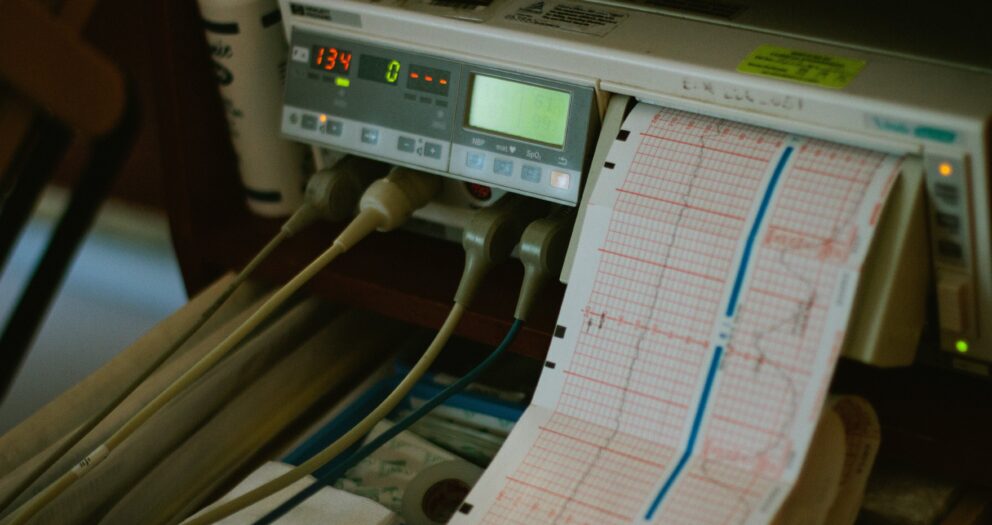
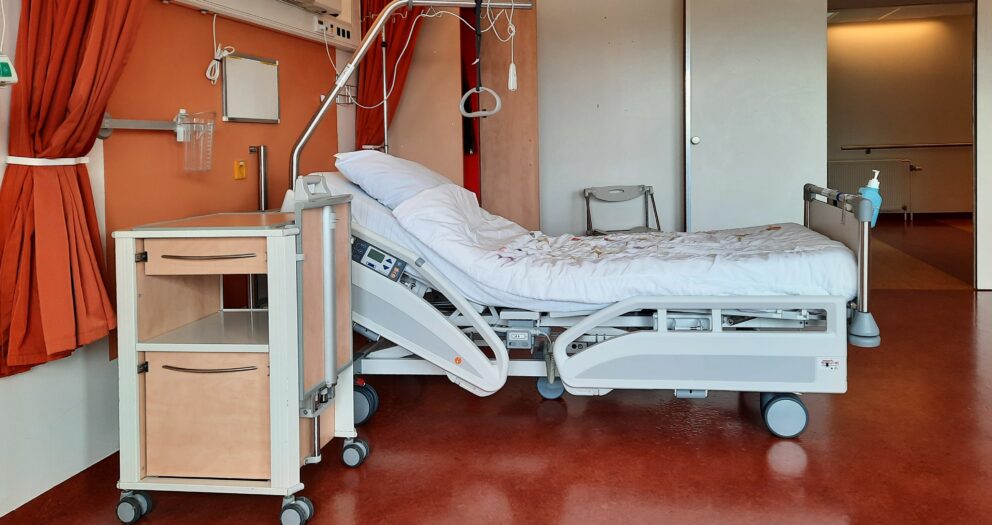
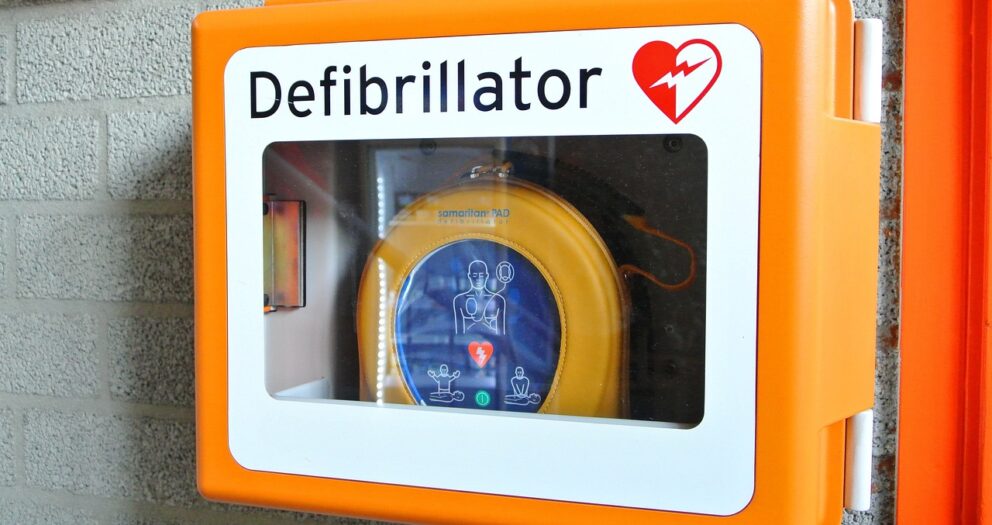
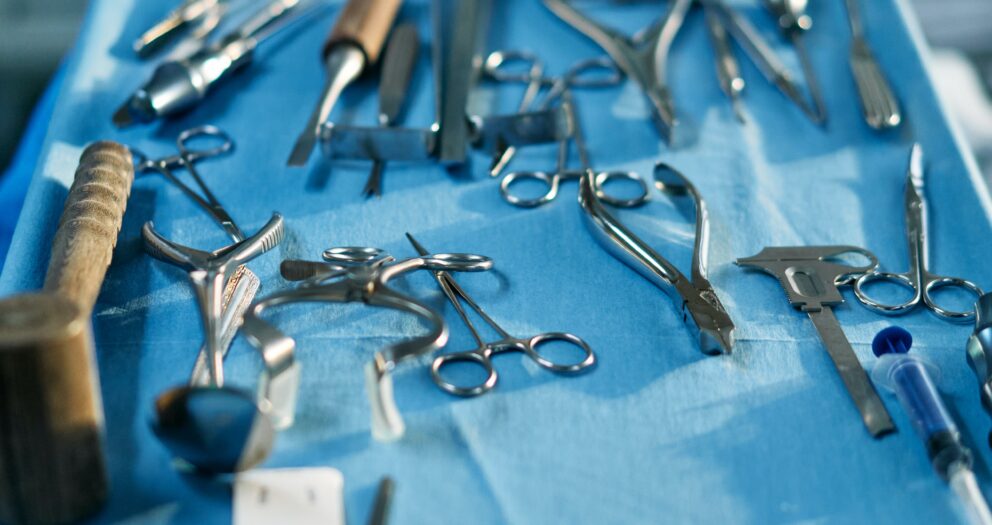
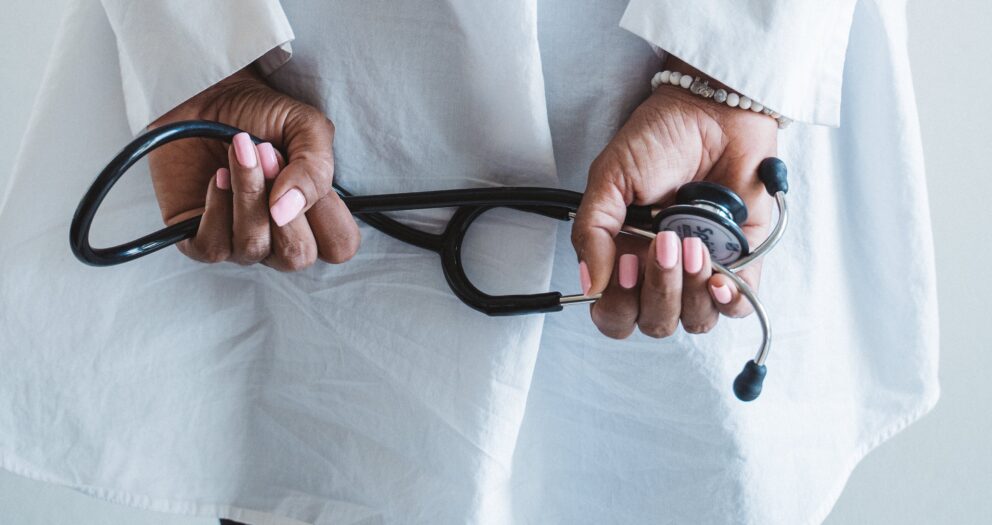
Write a comment
Your email address will not be published. All fields are required